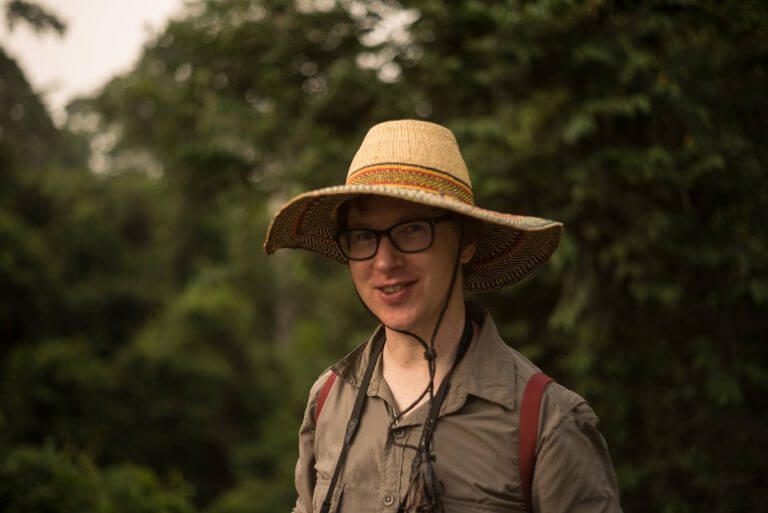What is modelling and why is it important in our research?

If you think about the kind of science needed to develop a genetic technology to control malaria mosquitoes, I wonder if modelling springs to your mind? If not, you may well wonder – what is it, and why do we do it?
A good definition for ‘model’ is a simplified representation or description of a complex entity. This applies to human models (they are supposed to be ‘idealised humans’, at least in appearance!), to wooden models of mosquitoes, and to mathematical models of mosquito populations.
Mosquito populations are complex entities that inhabit complex environments: double complex! Making sense of double complexity is rather too difficult to manage in ones head (mine at least!), so we create mathematical representations. This allows us to explore the complexity by studying the equations and running computer simulations of different scenarios.
In this way, we address questions about how populations will respond to interventions. For example, we might want to know how seasonality will influence the impact of releasing male mosquitoes that have been genetically modified to produce only male offspring.
This particular question has been addressed at different spatial scales, from small (hundred square km, Lambert et al. 2018) to medium (thousand square km, Eckhoff et al. 2016) to large (million square km, North et al. 2019). It is often useful to have more than one model (and modeller!) addressing a particular topic; if different models come to the same conclusion, we can be more confident in believing it.
In our recent study in BMC Biology, we modelled the potential of modifying mosquitoes with a type of gene-drive called a “driving-Y chromosome” to reduce mosquito populations. A driving-Y chromosome has been genetically modified so that the male mosquitoes that carry it produce predominantly male offspring (which also carry the modification). Since only female mosquitoes bite, the spread of this Y-chromosome will result in less females to transmit the disease, and less mosquitoes overall. The technology, which is still under development, proposes targeting the most important species of malaria mosquitoes of sub-Saharan Africa.
The model predicted elimination of the species in some areas and population reduction in others. We found seasonality to be the most critical predictor of the local impact of the gene-drive. Population elimination is more likely in regions with mild dry seasons, while reduction is more likely in regions with strong seasonality. However, even in the most challenging environments, populations were reduced. Overall, we found that repeated introductions of genetically modified mosquitoes into a small fraction human settlements per year may be sufficient to substantially reduce the overall number of malaria transmitting mosquitoes across the entire study area.
Mathematical modelling of biological populations has a long history in applied ecology, and in malaria control in particular. The medical entomologist Ronald Ross is famed not only because he was the first person to demonstrate that mosquitoes transmit malaria in the late 19thcentury, but also because he published a series of mathematical models of mosquito and malaria dynamics in the early 20thcentury. These models were used to assess malaria control options available at the time, and were developed further in the 1950s by an entomologist called George Macdonald. The integrated model is now known as the Ross-Macdonald model and is used to this day, though there have been numerous refinements [Smith et al. 2012].
Postdoctoral research assistant at the Department of Zoology of the University of Oxford – in collaboration with Target Malaria.
